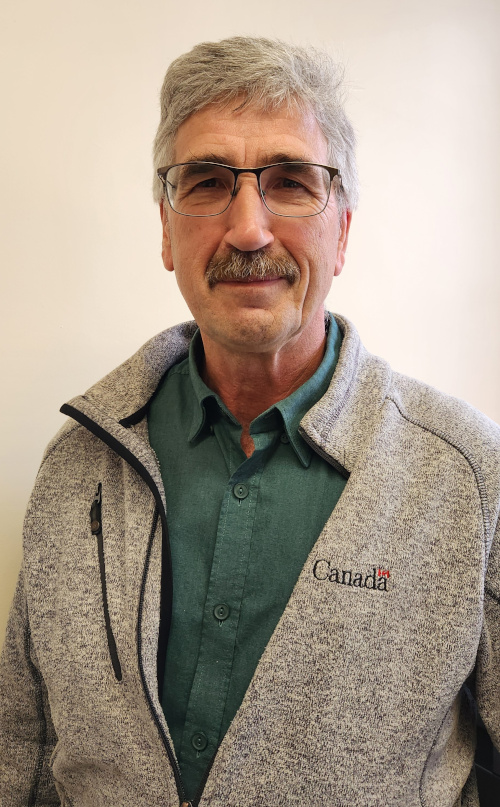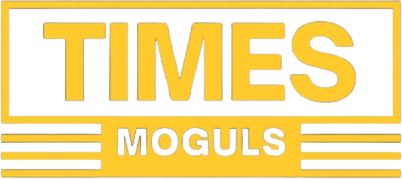It’s one of our top stories of 2024, as we look back at the biggest newsmakers of the year.
Today, the scientific capacity of Agriculture and Agri-Food Canada is not inferior to what it was before 2000, affirms François Eudes. What has really changed is the speed of technology.
François Eudes wears two hats, and both play an important role in the direction Agriculture and Agri-Food Canada (AAFC) takes in terms of research in plant science and plant breeding.
First hat: Eudes is director of research, development and technology for AAFC’s Science and Technology Branch (a role he has held since 2015) for sites located in Alberta. He supervises a large group of employees at two research and development centers (Lethbridge and Lacombe) and two satellite research farms (Beaverlodge and Vauxhall), and manages the resources associated with their scientific programs.
Second Hat: He is the AAFC National Science Lead for the Breeding and Crop Germplasm Development Innovation Portfolio, which reflects AAFC’s scientific capacity related to breeding.
With a background in plant biology and plant breeding innovation, Eudes has played a key role in driving AAFC’s scientific program since joining the leadership team nearly ten years ago. years.
This is a program that is undergoing major changes, not the least of which is AAFC’s foray into biotechnology and the effect that this vision has had on AAFC itself.
“AAFC is investing heavily in cutting-edge areas such as genomics, proteomics and crop genetics. These scientific disciplines are crucial for advancing breeding techniques and improving crop yields,” he says.
“Our vision is greatly influenced by how science is conducted and how organizations like AAFC conduct and fund research. Over the decades, our focus has shifted to include emerging areas such as nanotechnology and quantum physics, which were unimaginable in the agricultural context 40 years ago.
Eudes’ journey from research scientist to manager reflects the evolving nature of agricultural research, where the integration of diverse scientific expertise is essential to success.
Eudes, who grew up in France and studied in Quebec, points out that the evolution of AAFC’s priorities over the years reflects broader changes in the scientific landscape.
This shift means that while there may be fewer senior scientists at AAFC today, those in place have better resources and support, he says, adding that AAFC encourages transformative approaches and promotes greater collaboration, both internally and externally.
Synergy of the public and private sectors


THE integration of public and private efforts is crucial, especially in areas where private investment is limited, according to Henry de Gooijer, one of Eudes’ colleagues at AAC and an advisor on scientific partnerships.
AAFC scientists and breeders are world-class organizations, always seeking innovation and change. However, as technology evolves and new tools become available, AAC must figure out how to adopt these advances to remain effective and competitive on a global scale, he says.
De Gooijer has worked with Eudes for years and believes the vision his friend and colleague has brought to AAC’s research program helps AAC be more efficient, more agile and more effective.
“Some parts of the industry might think we’re not changing fast enough, while others might wonder why we need to change when the current system works,” says de Gooijer.
“Maintaining our capacity in a changing world is crucial, just like a grower updating their seeding system. If they hadn’t changed over the last 30 or 40 years, they wouldn’t be as advanced as they are today. »
It’s not just about maintaining AAC’s position, but also meeting industry expectations and being able to grow, says de Gooijer. Recent recruitment initiatives have brought in new scientists specializing in phenomics and genomics, areas vital to improving the efficiency of crop control and breeding.
“In my experience with François, he brings a solid understanding of the opportunities these technologies present and also has a realistic view of the challenges associated with their implementation,” adds de Gooijer.
“Another of his great strengths is that he is not afraid to push for change – not recklessly, but with a clear goal. He understands the need to take courageous steps to introduce new technologies.
It’s easier to understand the evolution of agricultural science if you look back several decades, Eudes explains. First, it’s important to look at how science itself has evolved, and then how organizations like AAC conduct and fund research. This evolution is gradual and becomes clearer when considered over a long period.
“In terms of plant biology, AAFC’s scientific capacity today is no less than it was before 2000. We may have fewer top scientists, but we have better resources for them . We encourage creativity and transformative approaches, and we foster greater collaboration both internally and externally. Our role goes beyond simple scientific practice; it’s about ensuring that our innovations reach the market and benefit the agricultural sector,” explains Eudes.
AAFC breeders, for example, have taken steps beyond simply marketing registered products. These products are now offered through competitive processes to entities capable of commercializing them, he notes.
“Our goal is to help not only AAFC scientists, but also those in academia and the private sector succeed. This collaboration is crucial, especially in Canada, where the contribution of small and medium-sized businesses is lower than that of the EU or the United States,” he adds.
“For hybrid crops like canola, corn and soybeans, multinationals dominate the market due to control over return on investment. However, for perennial forage crops the situation is different, with no private companies developing new generations of these crops in Canada. This work is left to the public sector, including our breeding programs and our collaboration with the University of Saskatchewan.
Between these extremes, different cultures lie at different points on the selection continuum, he notes.
“The role of AAFC is to generate science and innovation that support a diverse ecosystem of plant species. The success of this ecosystem relies on understanding the nature of each plant species and the market associated with it,” he adds.
“Our goal is not only to generate knowledge, but also to ensure its application, bridging the gap between scientific innovation and impactful commercialization. »


